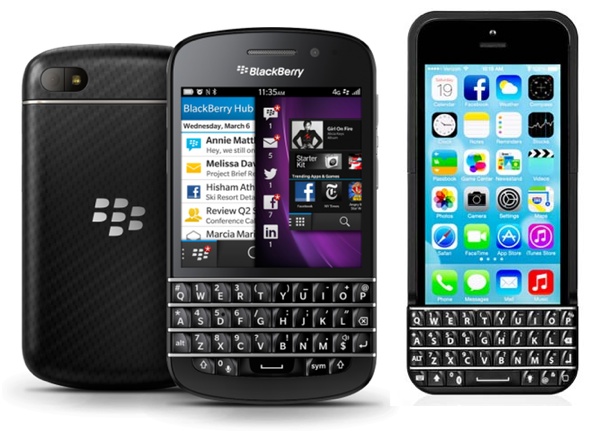Qualcomm estimates it’ll get US$4.5 billion from its settlement with Apple
 Thursday, May 2, 2019 at 10:32AM
Thursday, May 2, 2019 at 10:32AM While Qualcomm is making it clear it won’t dramatically improve its fortunes, the amount of money the company is getting from its settlement with Apple isn’t something to scoff at. Qualcomm estimates it’ll pull in revenue that’s between US$4.5 billion and $4.7 billion from the settlement in the third quarter of this year. This will include both the one-time payment from Apple as well as elimination of obligations. On top of that, Qualcomm estimates it would make $4.7 billion to $5.7 billion in revenue in the next quarter. Patent licenses, which include Apple’s, will produce around $1.23 billion worth of revenue for the company. It isn’t clear how much it’ll cost Apple to pay ongoing fees but that should be more evident once Apple starts using Qualcomm chips again.
Source: Engadget
 Print Article
Print Article  Permalink tagged
Permalink tagged  Qualcomm,
Qualcomm,  settlement
settlement  Email Article in
Email Article in  Apple,
Apple,  Mobile,
Mobile,  News,
News,  Press release,
Press release,  iphone
iphone 




















